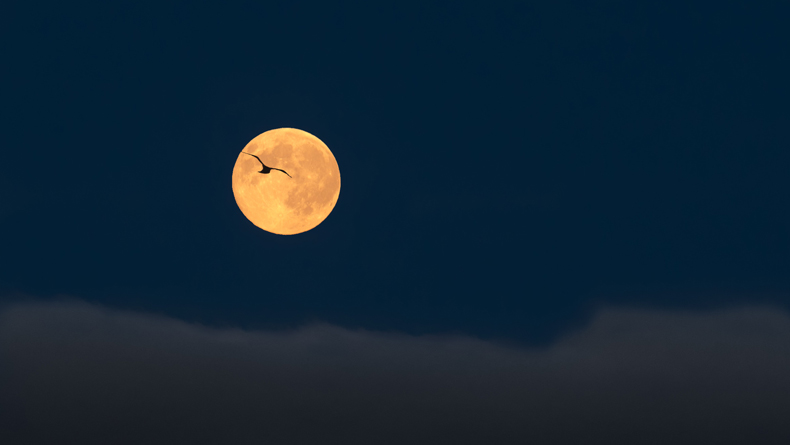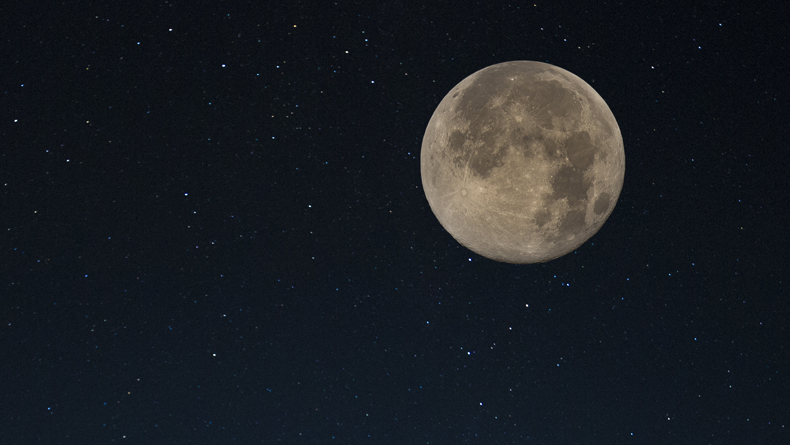Otsukimi: A Family-Friendly Celebration of Japan’s Moon Viewing Tradition
Madness, werewolves, and vampire bats: just a few things that have nothing to do with the moon in Japan. While the West likes to link the moon up with the spooky and supernatural, Japan has a long tradition of more celebratory stories and associations. These include the Tale of the Bamboo Cutter, in which the Princess Kaguya descends from the moon; the image of the moon as immortal as it disappears but reappears every 30 days; and the folk belief that the full moon induces labor, so more babies are born under a full moon. Part of the moon's more positive spin is the fall tradition of otsukimi, literally meaning "moon viewing."
A sister holiday to hanami, springtime’s cherry blossom viewing, otsukimi is a lower key and less well-known appreciation of the beauty in nature. While other cultures may go star gazing, the Japanese go moon gazing (those of you who caught the super moon on August 11, or saw the pictures afterwards, can surely understand). Otsukimi is a time to make offerings of dango (round rice cakes resembling the full moon) for a good autumn harvest, decorate with seasonal pampas grass, and admire the beautiful moon.
The moon, and as such otsukimi, also has a long association with rabbits and mochi (soft, glutinous rice cakes). A rabbit pounding mochi with an old-style wooden hammer apparently lives on the surface of the moon, and his shape can be discerned in the dark parts of the moon.
Otsukimi officially takes place on August 15 on the old calendar, when the autumn harvest moon was thought to be most beautiful. On the present calendar, the date changes every year, usually falling somewhere between the beginning of September and early October. Though the actual viewing of the moon can’t happen until the sun sets, children may celebrate the season with modern activities like crafts, songs, and games—such as making rabbit masks, singing about and eating otsukimi mochi rice cakes, and collecting seasonal pampas grass to put on display. Otsukimi activities day or night are best done surrounded by the beauty of nature as much as looking up into the sky to admire it, with traditional Japanese gardens being an especially good choice to feel the atmosphere of historic celebrations from when the otsukimi tradition first began.
WaNavi Japan will be hosting an otsukimi event this September 20—between this year’s two official dates for otsukimi—from 10 a.m. to 1 p.m. in the famous Rikugien Gardens. The daytime celebration is an event for the whole family, where you’ll learn more in depth about otsukimi, do crafts suitable for children aged three to nine, and practice a few of the otsukimi songs. If you’re interested in learning about moon viewing traditions and celebrating with the whole family, please sign up now to join us!
The Deets
When: Sat, Sep. 20, 2014, 10 a.m.-1 p.m.
Where: Rikugien Gardens, 6-16-3 Hon-komagome, Bunkyo-ku, Tokyo
How much: ¥5,000 per family (one child); ¥1,000 per additional child participating in the activities; ¥300 entrance fee to the gardens per adult
More info: For further details on this event, please see the official flyer.
Registration: To sign up for the event, please fill in registration form.
Photos by Shawn Harquail and davejdoe.










